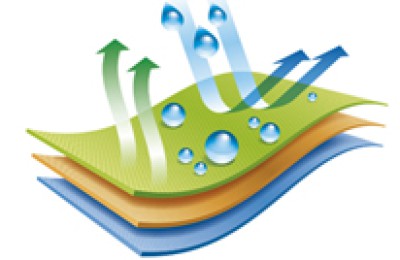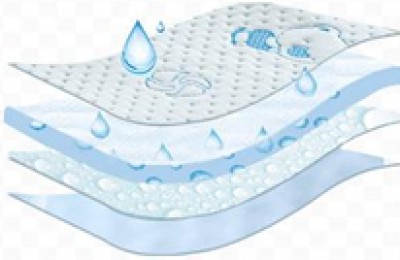In the first half of the year, against the background of the sharp rise in crude oil, the polyester industry chain ushered in a “big carnival”. The polyester staple fiber market also surged strongly, keeping up with this wave of price increases. Around mid-June, due to the collapse of crude oil, polyester short fiber The fiber market has fallen into a predicament that keeps falling!
As can be seen from the chart, the mainstream price of polyester staple fiber continues to decline. As of now, the mainstream factory quotations for 1.4D polyester staple fiber on the market are concentrated around 8,400-8,500 yuan/ton, and the focus of actual transaction negotiations continues to decline.
In recent times, the polyester staple fiber market has been difficult to change from a low operating state. The reason is not difficult to find, whether it is the upstream polyester raw materials or the downstream pure polyester yarn market, or close “comrades” cotton and viscose staple fiber , almost all of them are in a weak state of moving forward! And its profits have also fallen from the highest level.
In the past, polyester staple fiber could be said to be the most profitable product in the entire polyester industry. Especially in 2020, the average annual profit of polyester staple fiber was 363.48 yuan/ton, ranking first among polyester products. By 2021, the average annual profit will be only 130.27 yuan/ton, a year-on-year decrease of 64.16%; and as of this year, half of 2022 has passed. Currently, the average profit of the polyester staple fiber industry is -148.48 yuan/ton. In the first half of the year, the highest price of polyester staple fiber increased by as much as 2,000 yuan compared with the lowest value, but the processing fee shrank from more than 1,200 yuan to 700 to 800 yuan. Even if there are some repairs during the period, it will not be able to turn around the loss. The company has been losing money for four months. There are two reasons for this:
Source: Longzhong
High costs erode profits
First of all, from a cost perspective, interest rate hikes in many European and American countries will suppress oil prices in the short term. However, the situation in Russia and Ukraine is still unstable, and the trend of crude oil may remain strong in the future. In the current competition between fundamentals and macro in the market, fundamentals are bound to take a back seat, and macro is the main line of trading logic.
In terms of PTA, as the decline in crude oil continues to intensify, pessimism in the polyester market begins to spread, showing a weak operating state. However, compared with crude oil, it is already extremely resilient; as of the 27th, the internal market quotations were concentrated at 6,790 yuan/ Ton or so, down 400 yuan/ton from the beginning of the month. At present, the price of PTA closely follows the fluctuations of the cost side. On the 28th, crude oil rose sharply, and PTA also rose accordingly.
Supply and demand imbalance exacerbates profit decline
Secondly, under the influence of the epidemic in 2020, the demand for non-woven fabrics has surged, and some specifications of polyester staple fiber products can be used as alternative raw materials for epidemic prevention materials to make non-woven fabrics. Combined with the return of textile orders in 2020, these two factors have contributed to the demand for polyester staple fiber. Rapid growth, so the supply and demand relationship of polyester staple fiber will be relatively balanced in 2020, with good profits. However, the supply of non-woven fabrics will be too large starting in 2021, and as the epidemic gradually improves, demand will plummet, and the balance of supply and demand will be broken.
From a micro perspective, the time is about to enter July, and the demand side has entered the traditional textile off-season. It is difficult for domestic and foreign trade orders to improve, and demand may continue to be weak. And as the plum season begins in Jiangsu and Zhejiang on June 23, it indicates that hot weather is about to enter. The electricity costs of textile factories are expected to increase in summer. At the same time, the profits of yarn factories themselves are sluggish or even losing money. It is expected that there is a certain risk of a decline in operating rates. In recent years, the procurement of raw material polyester staple fiber has mostly been based on small orders for replenishment, with weak purchasing enthusiasm and a serious wait-and-see mentality. The current average production and sales of polyester staple fiber is around 40%-50%; coupled with the Sino-US economic and trade Due to the impact of friction, downstream companies appear to be more cautious. Most manufacturers are trying their best to reduce inventories. The market demand is expected to gradually weaken and may fall further year-on-year.
Taken together, the main factors for the profit loss of polyester staple fiber for four consecutive months are firstly due to oversupply, and secondly due to high costs. In the short term, as the textile market enters the off-season, the contradiction between excess supply and demand for polyester staple fiber may intensify, and the cost end will fluctuate at high levels. , it is expected that polyester staple fiber profits will be difficult to repair and will remain in a low range.
</p







